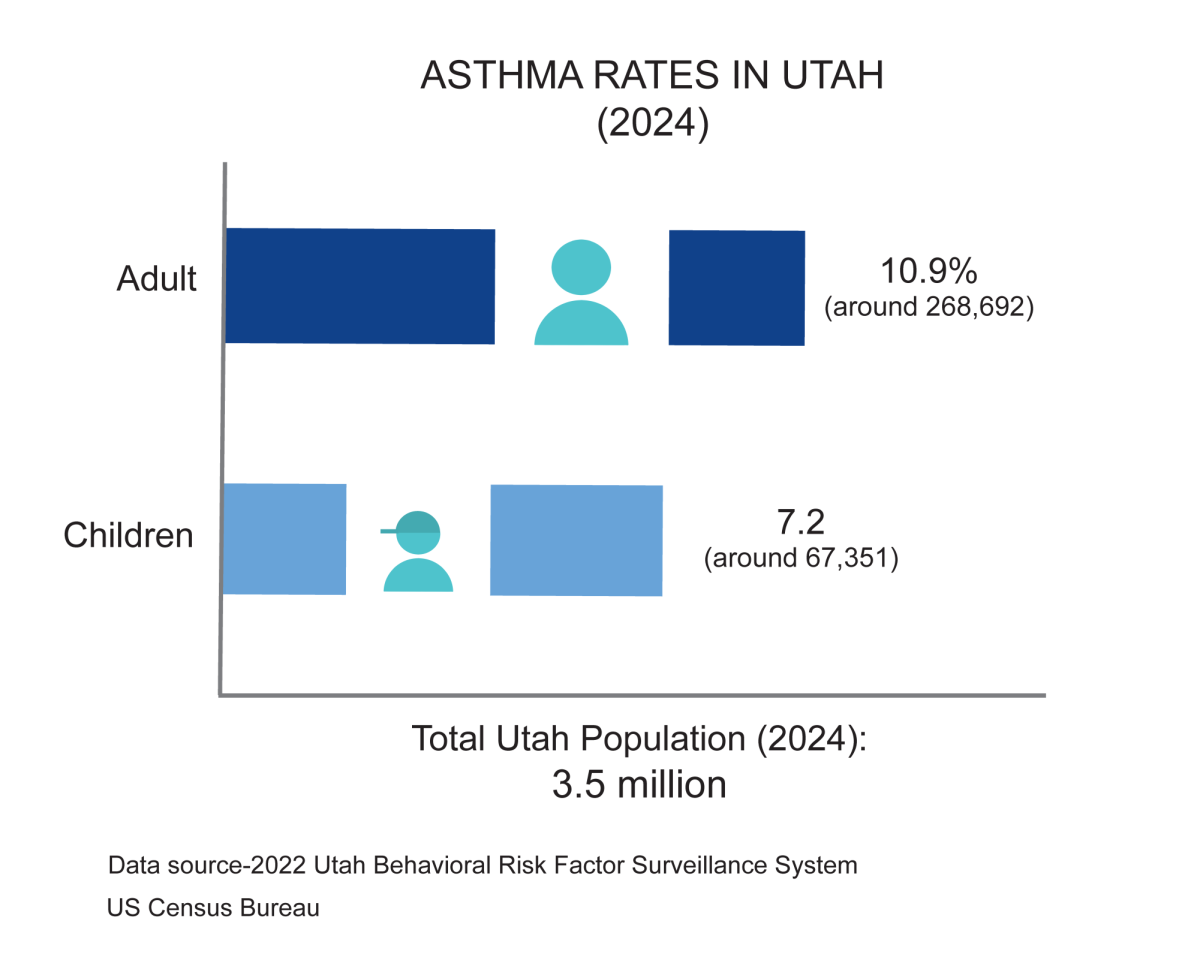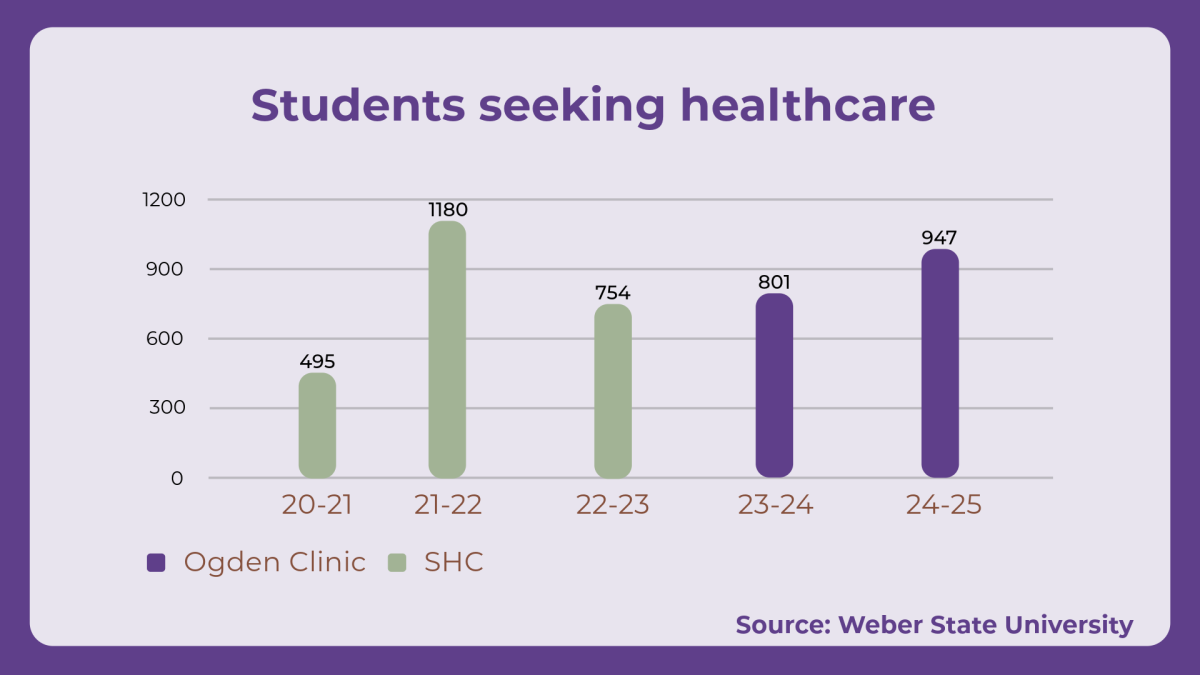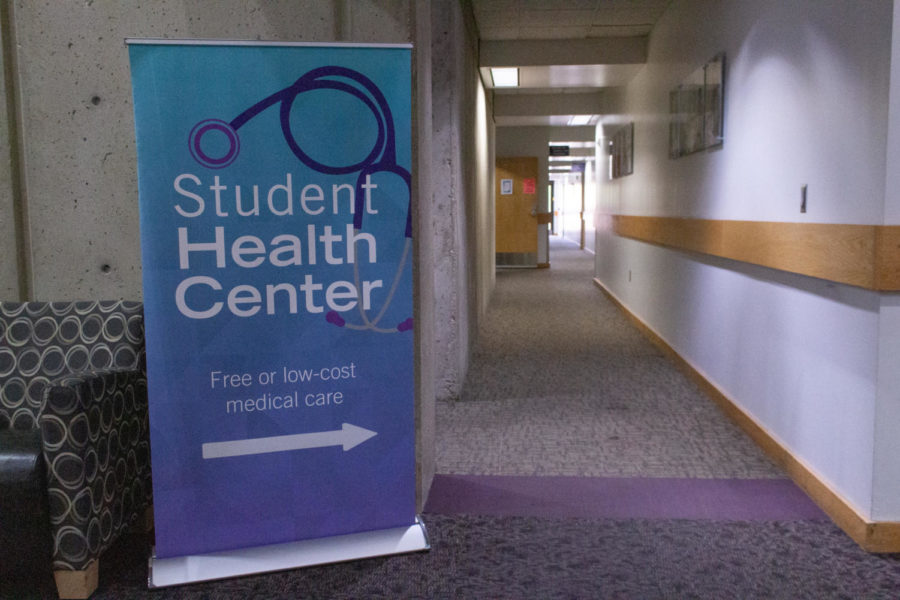
Cinnamon is finding a place in the world of science again this week, beyond the science of making food delicious, as researchers from Rush University Medical Center believe that it may increase learning ability.
Kalipada Pahan, lead researcher, and Floyd A. Davis, a professor of neurology at Rush both worked on the study that was published in the July issue of the “Journal of Neuroimmune Pharmacology.”
This is not the first time that Pahan has used cinnamon in his research. Previous research focused on the effect of cinnamon on Parkinson’s disease. During that research, Pahan and his fellow researchers found that the cinnamon aided in changing the brains of mice that had Parkinson’s disease.
In the current study, researchers used lab mice in the study that had been classified as bad learners. They fed cinnamon to these mice and used a Barnes maze, a circular maze that is full of holes, to test the learning ability of the mice.
First, the mice were trained in the maze for two days and then tested. A month after their test, and a month of cinnamon feeding later, the mice were then tested again. The mice that were considered bad learners improved to a level of learning ability found in the proficient mice.
Researchers did not find any significants improvements in the mice that were already considered good learners.
The cinnamon found to be the more successful was Ceylon cinnamon, versus Chinese cinnamon, as Ceylon cinnamon does not contain hepatotoxic, which is a molecule that can damage the liver.
“We have successfully used cinnamon to reverse biochemical, cellular and anatomical changes that occur in the brains of mice with poor learning,” Pahan said.
Although not a lot of information is known about the processes behind what makes one person a bad learner and another person a good learner, researchers do know that in the part of the brain that deals with memory, the hippocampus, of bad learners there is less protein for memory and learning, or CREB, than in the brains of those who are known as good learners.
“Understanding brain mechanisms that lead to poor learning is important to developing effective strategies to improve memory and learning ability,” Pahan said.
Pahan believes that the individual differences between learners and their education is a global issue and wants to further test the cinnamon approach within bad learners.
“If these results are replicated in poor learning students, it would be a remarkable advance,” Pahan said.
The research was conducted using grants from the National Institutes of Health, U.S. Department of Veterans Affairs and the Alzheimer’s Association.
Information compiled from ScienceDaily



















